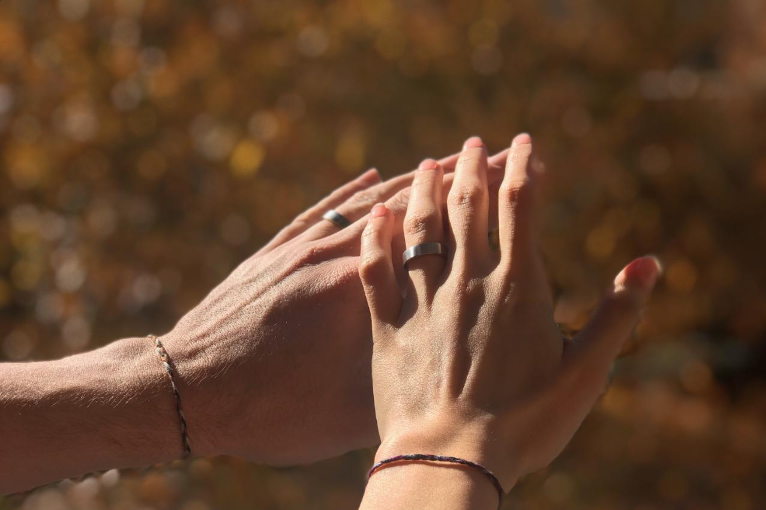Last week, Michael Hamad reported in The Hartford Courant that while many sectors have suffered during the COVID-19 pandemic, jewelry stores have fared better, due to a surge in sales of engagement and wedding rings. It makes for a fascinating case study on how times of crisis can bring people closer together, how people aren’t just dealing with social isolation by buying pets but by committing to live their lives together.
Yet the article left entirely unquestioned the cultural practice of wearing wedding rings. The reporter never mentioned that every ring crafted produces about 20 tons of mining waste; or the toxic chemicals used to extract that gold; or the human rights abuses coming out of the diamond mining industry; or the significant cost of buying these rings, at a moment when so many people are suffering to simply buy food and pay their rent.
The question left unasked is “Why are we still so wedded to wearing wedding rings? (Say that three times fast.) Do we really need an outward symbol of our love and commitment to each other? I’ve been happily married for a week shy of twelve years and have worn my ring (inherited from my father) a handful of times on special occasions, and my wife fewer times than that (inherited from my grandmother). And if we hadn’t had access to rings that wouldn’t cause new harm to the Earth or to people, I doubt we would’ve considered them in the first place.
I grant that at this moment in our converging health, societal, and economic crises—including the equivalent of a 32.9 percent annual decline in GDP—words discouraging economic activity probably come as unwelcome (especially from the jewelry store owners and the malls that lease them space). But the coronavirus has not derailed in any significant way the converging environmental and climate crises that are also gaining momentum—just accelerating at a relatively slower rate than this pandemic.
Instead, this moment of disruption is the perfect time to consider all sorts of cultural shifts that could bring us to a more economically and ecologically secure future. So yes, marriage seems a wise cultural adaptation, as it offers two people love, care, and mutual support. It also leads to two people merging households, which reduces per capita emissions. And a two-person household is typically more secure than an individual household—reducing costs, and helping weather unexpected health challenges, lost jobs, school closings, and so on.
But do we really need the cultural convention of wedding rings any longer? And if your answer is yes, do they need to be made of precious metals? Why not a wooden ring? Or a recycled steel ring? Why waste two months of salary on a symbol so ubiquitous that it is certainly no longer an effective wealth status symbol (and even if it were, do you really need to draw attention to your wealth with a large diamond)? Especially considering that if you actually look back at the history of the industry, the diamond ring was a symbol manufactured by the diamond industry—including the rule of thumb that you should spend two months of your salary on it. Do we really want to be manipulated like that?
What about encouraging a new symbol—something better than rings—like the ecocentric custom of “Wedding Strings.” In this, the couple makes braided bracelets of three strings, representing each person in the couple and the Earth, and ties those onto each other’s wrists at their wedding—in order to remind them that the couple’s fortune is interwoven with each other, and with the health of the planet. Strings, unlike rings, wear out and eventually will fray and break, which gives the couple a natural moment to discuss their marriage—how they are doing, to offer gratitude to each other, and to discuss challenges they’ve been having (before braiding a new one). It allows a bit of random chance to spark an informal marriage counseling discussion, which all couples can benefit from, and which a nearly unbreakable ring never offers. After all, marriages, unlike diamonds, are not forever—and without regular work aren’t necessarily even built to last.
Definitely get married if you’ve found the right person. Heck, if you survived quarantine with them, it will probably only get easier! But do you really need to create marital stress by spending thousands of dollars in this uncertain time on an expensive ring? Do you need to cause additional damage to our already stressed planet? Instead, a mix of colored cotton strings costs less than an hour’s salary, has minimal environmental impact, and offers a symbol more true to marriage, and more restorative to the planetary systems on which that union depends. So certainly, become an official COVID-couple, but if you do, please skip the rings, or at least the bling. And instead try strings.





